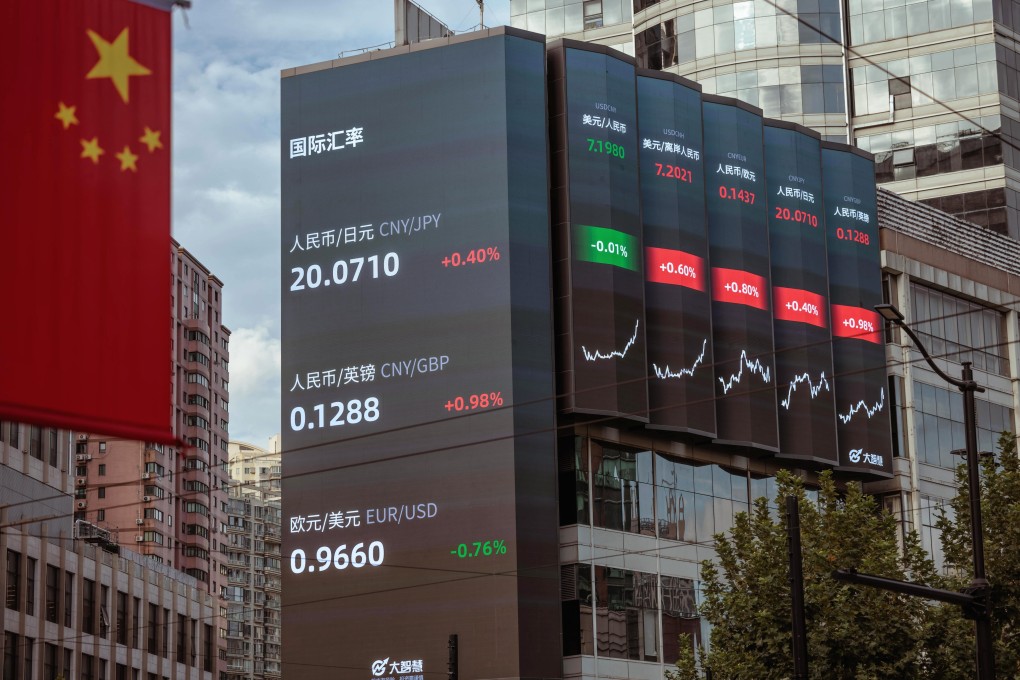Advertisement
Macroscope | Dollar peg and economic heft keep Hong Kong and China safe from US-driven volatility
- Hong Kong’s linked exchange rate system shields it from US dollar strength, while China has taken several steps to ensure yuan stability
- While other countries’ currencies are left exposed, these measures give Hong Kong and China protection against unconstrained US dollar volatility
Reading Time:3 minutes
Why you can trust SCMP
0

US dollar strength is not playing well in many countries, but it doesn’t seem to be an issue for US President Joe Biden’s administration. “A market-determined value of the [US] dollar is in America’s interests,” US Treasury Secretary Janet Yellen said on October 11, adding that the current strength of the US currency is the “logical outcome” of different monetary policy stances globally.
In Hong Kong, the linked exchange rate system and the efforts of the Hong Kong Monetary Authority keep the Hong Kong dollar in a range of HK$7.75 to HK$7.85 to the US dollar. This shields Hongkongers from untrammelled US dollar volatility.
From Beijing, the People’s Bank of China (PBOC) continues to focus on the need for yuan stability. However, even the PBOC felt the need last week to emphasise that it would “take comprehensive measures, stabilise expectations [and] resolutely curb big ups and downs in exchange rates,” adding that it would act to “keep the yuan basically stable on a rational, equilibrium level”.
The PBOC will subsequently have noted that last Thursday saw yet more evidence that US consumer price inflation (CPI) remains stubbornly elevated despite a succession of US Federal Reserve interest rate increases that themselves have already underpinned the US dollar’s broad rise on the currency markets this year.
Core US CPI, an inflation measure that excludes volatile food and energy prices, rose by 6.6 per cent year on year in September, in part driven by a substantial increase in property rental costs. The year-on-year increase in core CPI was the largest since August 1982.
Such evidence of “sticky” US inflation only reinforces the case for the Fed to unveil another increase of 75 basis points in US interest rates on November 2, with a further increase likely on December 14. That should continue to provide a tailwind for the US dollar, but it raises the question of how other jurisdictions cope with that.
Advertisement
